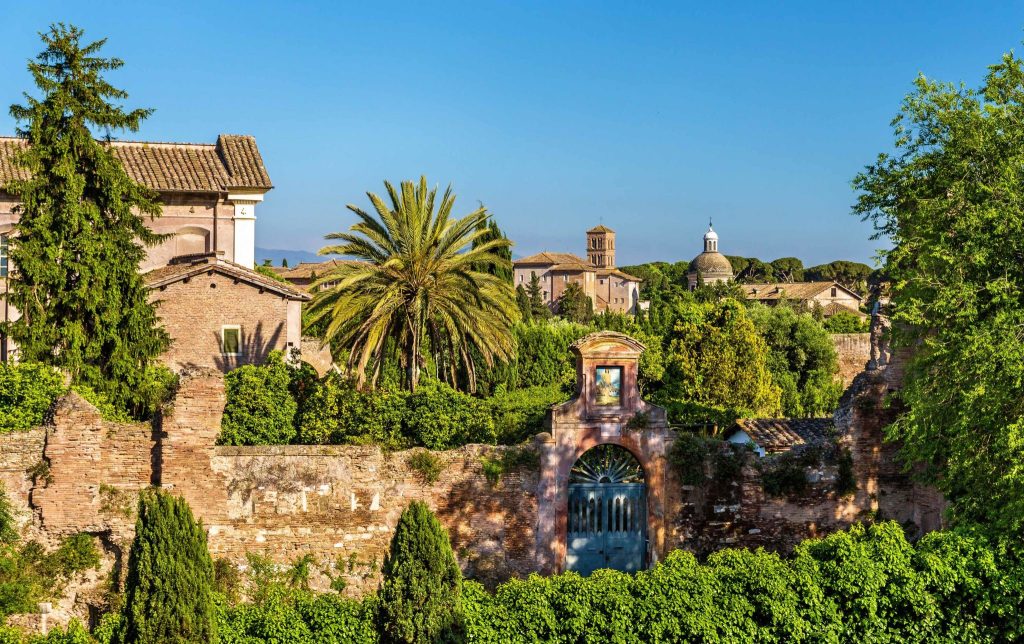Ancient Rome Facts

Ancient Rome fell over a thousand years ago, but its legacy lives on even today, in lists of Ancient Rome facts, even in how we conduct our day-to-day lives. The way we govern our nations, make our records, even the way we see the past, all that we inherited from Rome. Another area of influence was literature. Did you know that writers like Shakespeare, Robert Graves, Dante, and James Joyce were all influenced by the Romans?
From military structures like forts and walls, to engineering feats like baths and aqueducts, the Romans’ most visible impact that can still be seen today is their architecture. Often see buildings with columns, domes, and arches? You’ve got the Romans to thank for that. Roman architecture had a tremendous influence on modern buildings of the western civilization.
Itching to know more? Learn more about this colossus whose shadow continues to lie over the modern world, with these 100 Ancient Rome facts.
- 01At its height, Ancient Rome had a population of 90 million people, accounting for 20% of the world’s population at the time.
- 02Ancient Rome also covered an area of an estimated 5 million km² at its height.
- 03The value of the standard Roman silver coin, the denarius, varied over the centuries.
- 04At the beginning of the Roman Empire, 1 denarius equaled 10 Pounds Sterling.
- 05By the end of the Roman Empire, 1 denarius equaled 18 British Pound Sterling.
Myth and legend shroud Rome’s origins.
The name Rome itself comes from Romulus, the twin brother of Remus, and the sons of the god Mars by Prince Rhea Silvia, daughter of Numitor, former King of Alba Longa. Numitor’s brother Amulius had usurped the throne, however, and saw the twins as threats to his power. He ordered them thrown into the River Tiber, but the servants instead just left the twins on the riverbank.
There, a she-wolf found them, who fed them with her milk until a shepherd found them and raised them as his own. In adulthood, the twins joined their grandfather Numitor after discovering their true origin. After restoring Numitor as the king, they set out to find a city of their own, but the twins couldn’t agree where to build it.
This eventually led to an argument where Remus died, while Romulus founded Rome, becoming its first king.
The Romans eventually tied their origins with the Greek legend of Troy.
This took place during the reign of Emperor Augustus, with the poet Virgil composing the epic Aeneid at the commissioning of the Emperor’s friend Maecenas.
Maecenas did so as part of his effort to create a new mythology to legitimize the new Imperial regime. The Aeneid focuses on Prince Aeneas of Troy, a son of Venus, and his quest to find a new home for his people after the Trojan War.
This leads him first to Carthage, where he has a brief romance with Queen Dido, who commits suicide after Aeneas leaves.
